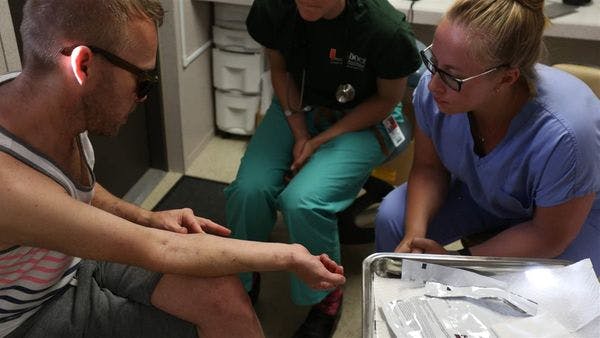The Pew Charitable Trusts
Subyaciendo a las trágicas nuevas cifras de sobredosis en los Estados Unidos, existen variaciones regionales
Las inversiones sobre reducción de daños en la región nor-oriental podrían explicar disparidades en la actual tragedia que es la crisis de sobredosis. Más información, en inglés, está disponible abajo.
By Rory Fleming / Filter Mag
Last week, the Centers for Disease Control and Prevention released its analysis of overdose deaths from 2019. The new projections indicate that the United States has failed to maintain the marginal progress represented by 2018’s slight fall in fatalities. The nation is projected to have seen a 4.8 percent increase in deaths in 2019.
Tragically, 70,980 people are recorded as having lost their lives last year. Fentanyl and other synthetic opioids were involved in over half of these deaths, with cocaine and methamphetamine involvement rising. CDC officials are pointing to the introduction of fentanyl to other drug supplies, like meth and cocaine, as a major factor.
Traditional addiction treatment organizations and harm reduction groups are alarmed by this, although many are not surprised.
With the 2020 presidential election looming, the new data could become a political hot button, potentially inspiring calls for more repressive law enforcement tactics. The White House took credit for the drop in fatal overdoses from 2017 to 2018, and Trump personally campaigned on the issue in 2016.
Diving into the new data on a regional level, a more complex story emerges than the overall worsening situation. Most states did indeed experience at least a small rate of increase. However, most of the nine states in the Northeastern region managed to reduce their rates of overdose deaths significantly from 2018 to 2019. Other states that saw significant drops include Georgia, Maryland, Michigan, Utah and Nevada.
Regiones
Perfiles relacionados
- Filter Mag
